Jonatan Ostrometzky
Switching in the Rain: Predictive Wireless x-haul Network Reconfiguration
Mar 07, 2022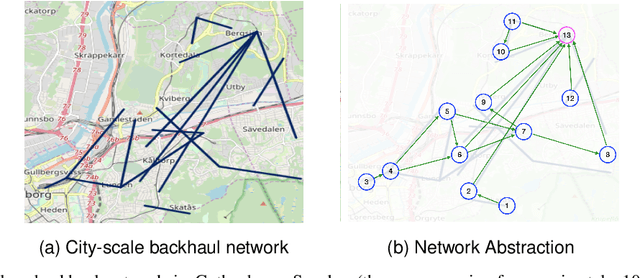
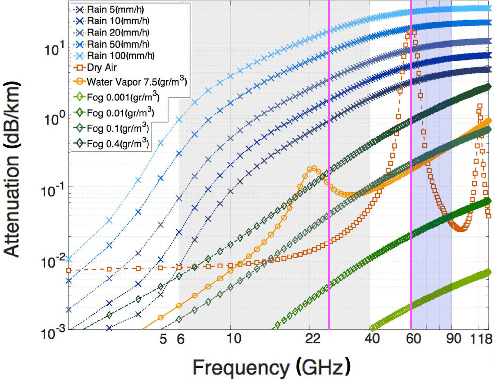
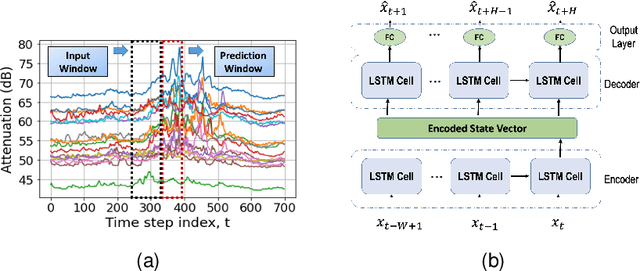
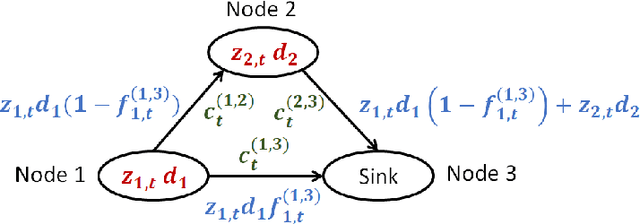
Abstract:Wireless x-haul networks rely on microwave and millimeter-wave links between 4G and/or 5G base-stations to support ultra-high data rate and ultra-low latency. A major challenge associated with these high frequency links is their susceptibility to weather conditions. In particular, precipitation may cause severe signal attenuation, which significantly degrades the network performance. In this paper, we develop a Predictive Network Reconfiguration (PNR) framework that uses historical data to predict the future condition of each link and then prepares the network ahead of time for imminent disturbances. The PNR framework has two components: (i) an Attenuation Prediction (AP) mechanism; and (ii) a Multi-Step Network Reconfiguration (MSNR) algorithm. The AP mechanism employs an encoder-decoder Long Short-Term Memory (LSTM) model to predict the sequence of future attenuation levels of each link. The MSNR algorithm leverages these predictions to dynamically optimize routing and admission control decisions aiming to maximize network utilization, while preserving max-min fairness among the base-stations sharing the network and preventing transient congestion that may be caused by re-routing. We train, validate, and evaluate the PNR framework using a dataset containing over 2 million measurements collected from a real-world city-scale backhaul network. The results show that the framework: (i) predicts attenuation with high accuracy, with an RMSE of less than 0.4 dB for a prediction horizon of 50 seconds; and (ii) can improve the instantaneous network utilization by more than 200% when compared to reactive network reconfiguration algorithms that cannot leverage information about future disturbances.
Physics-Informed Deep Neural Network Method for Limited Observability State Estimation
Oct 14, 2019
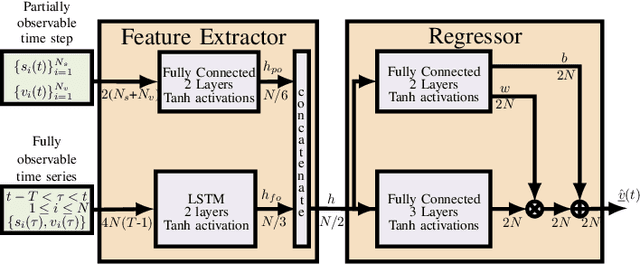
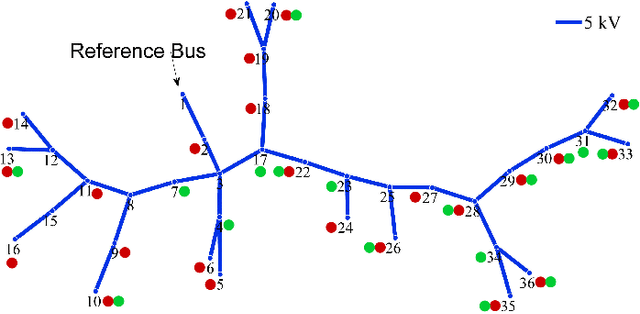
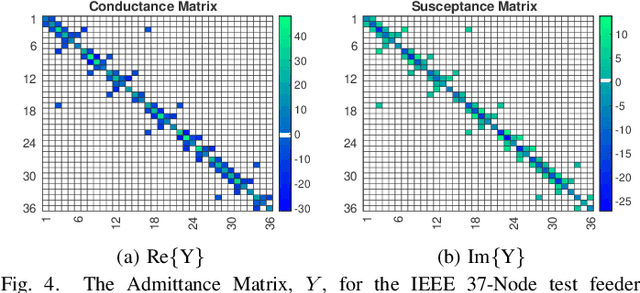
Abstract:The precise knowledge regarding the state of the power grid is important in order to ensure optimal and reliable grid operation. Specifically, knowing the state of the distribution grid becomes increasingly important as more renewable energy sources are connected directly into the distribution network, increasing the fluctuations of the injected power. In this paper, we consider the case when the distribution grid becomes partially observable, and the state estimation problem is under-determined. We present a new methodology that leverages a deep neural network (DNN) to estimate the grid state. The standard DNN training method is modified to explicitly incorporate the physical information of the grid topology and line/shunt admittance. We show that our method leads to a superior accuracy of the estimation when compared to the case when no physical information is provided. Finally, we compare the performance of our method to the standard state estimation approach, which is based on the weighted least squares with pseudo-measurements, and show that our method performs significantly better with respect to the estimation accuracy.
 Add to Chrome
Add to Chrome Add to Firefox
Add to Firefox Add to Edge
Add to Edge